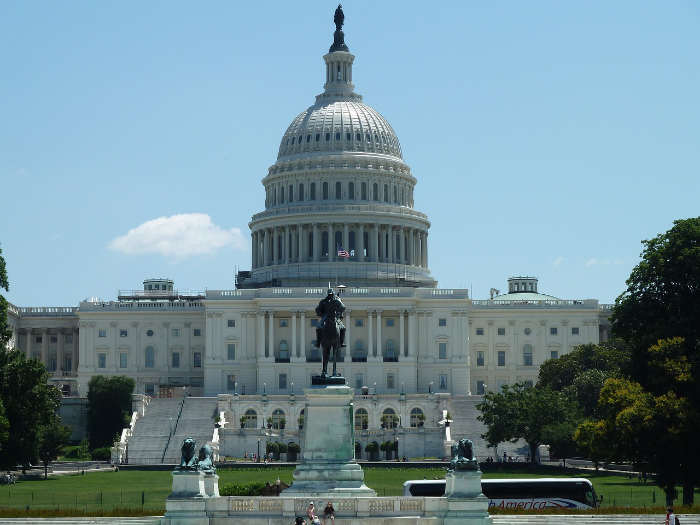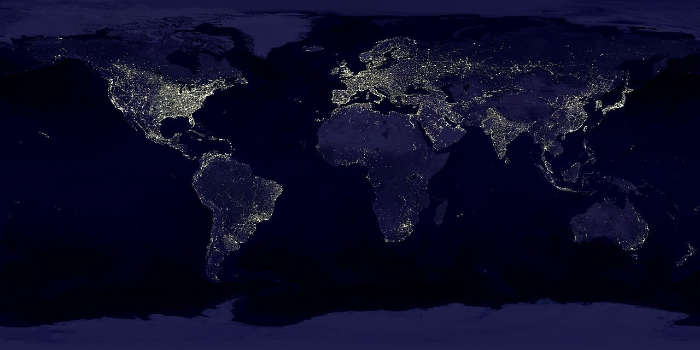Circumcision Rates by State 2025
Circumcision Rates Among Newborn Males (MGMbill)
State | Circumcision Rates Among Newborn Males (MGMbill)↓ | Year of Circumcision Data (MGMbill) | % of Insured Adult Males Age 18-64 Who Undergo Circumcision Each Year (NCBI 2015-2018) | Rates of Circumcision in Insured Adult Males Age 18-64 (NCBI 2015-2018) (per 100k person-years) | |
|---|---|---|---|---|---|
| West Virginia | 91% | 2013 | 0.0628% | 62.8 | |
| Kentucky | 86% | 2013 | 0.0709% | 70.9 | |
| Michigan | 84% | 2013 | 0.0841% | 84.1 | |
| Ohio | 84% | 2009 | 0.1866% | 186.6 | |
| Indiana | 83% | 2013 | 0.1146% | 114.6 | |
| Iowa | 81% | 2013 | 0.1079% | 107.9 | |
| Wisconsin | 81% | 2013 | 0.1638% | 163.8 | |
| Pennsylvania | 79% | 2012 | 0.1019% | 101.9 | |
| Hawaii | 77% | 2013 | |||
| North Dakota | 77% | 2013 | 0.0756% | 75.6 | |
| South Dakota | 77% | 2009 | 0.1948% | 194.8 | |
| New Hampshire | 76% | 2009 | 0.1059% | 105.9 | |
| Missouri | 75% | 2013 | 0.1942% | 194.2 | |
| Nebraska | 75% | 2013 | 0.1737% | 173.7 | |
| Oklahoma | 75% | 2013 | 0.0939% | 93.9 | |
| Rhode Island | 75% | 2012 | 0.0998% | 99.8 | |
| Tennessee | 74% | 2013 | 0.1793% | 179.3 | |
| Virginia | 74% | 2009 | 0.0664% | 66.4 | |
| Kansas | 73% | 2013 | 0.0824% | 82.4 | |
| Wyoming | 73% | 2013 | 0.0392% | 39.2 | |
| Georgia | 72% | 2009 | 0.0844% | 84.4 | |
| South Carolina | 72% | 2013 | 0.0731% | 73.1 | |
| Connecticut | 71% | 2009 | 0.1123% | 112.3 | |
| Maine | 70% | 2012 | 0.0996% | 99.6 | |
| Arkansas | 67% | 2013 | 0.0919% | 91.9 | |
| Vermont | 67% | 2013 | 0.1097% | 109.7 | |
| Maryland | 66% | 2013 | 0.0574% | 57.4 | |
| Massachusetts | 65% | 2012 | 0.1327% | 132.7 | |
| New Jersey | 65% | 2013 | 0.1373% | 137.3 | |
| Illinois | 63% | 2013 | 0.1531% | 153.1 | |
| Minnesota | 59% | 2013 | 0.0746% | 74.6 | |
| New York | 58% | 2013 | 0.1347% | 134.7 | |
| Colorado | 56% | 2013 | 0.0390% | 39.0 | |
| Texas | 51% | 2013 | 0.1058% | 105.8 | |
| Montana | 50% | 2009 | 0.0359% | 35.9 | |
| North Carolina | 50% | 2013 | 0.0699% | 69.9 | |
| New Mexico | 47% | 2013 | 0.0590% | 59.0 | |
| Louisiana | 45% | 2012 | 0.1170% | 117.0 | |
| Utah | 33% | 2013 | 0.0524% | 52.4 | |
| Florida | 31% | 2013 | 0.1283% | 128.3 | |
| California | 23% | 2013 | 0.0752% | 75.2 | |
| Oregon | 17% | 2013 | 0.0389% | 38.9 | |
| Arizona | 16% | 2013 | 0.0626% | 62.6 | |
| Nevada | 10% | 2013 | 0.0727% | 72.7 | |
| Washington | 10% | 2013 | 0.0437% | 43.7 | |
| Alabama | 0.1123% | 112.3 | |||
| Alaska | 0.0443% | 44.3 | |||
| Delaware | 0.0713% | 71.3 | |||
| District of Columbia | 0.0832% | 83.2 | |||
| Idaho | 0.0583% | 58.3 | |||
| Mississippi | 0.1367% | 136.7 |
- MGMbill data includes circumcisions performed on newborn males born in hospitals and circumcised before initial discharge from hospital during the years 2009, 2012, or 2013 (varying by state). Circumcisions performed anytime after initial discharge are excluded. As such, overall circumcision rates will be at least slightly higher.
- U.S. hospitals and practitioners are not legally required to report how many circumcisions they perform. As such, state-level circumcision statistics shown are drawn from government surveys.
- Data regarding the incidence of circumcision procedures among adult males were published by the National Center for Biotechnology Information (NCBI), a division of the National Library of Medicine. Rates were calculated using MarketScan data on insured males (18-64), adjusting for neonatal circumcision rates before 2000. Age adjustment was performed using US Census data, with statistical analysis in STATA 14.2 following STROBE guidelines.
- “Person-Years” is a unit of measurement often utilized to normalize the results of multi-year studies.
- Person-years are obtained by multiplying the number of individuals in a study by the duration of the study. For example, if a study took place over a three years and included 1,000 people, the people years would be 3,000 (3x1000).
- To determine an incidence rate using person-years, the total number of incidents is divided by the number of people-years. For example, if 45 circumsicions took place during 3,000 person-years, the rate would be 45/3,000. The result would be 0.015 circumcisions per person-year, or 15 circumcisions per 1,000 person-years.
- People-years are typically analagous to “annually per X number of people”. For example, 15 circumcisions per 1000 people-years is equivalent to 15 circumcisions per year per 1000 people.
- Annual percentages of NCBI data were converted by WPR from the original people years’ data.
- Circumcision rates in the US have dropped in recent decades, with experts citing influences such as larger populations of non-Christians/non-practicing Christians and the fact that many insurance companies no longer cover circumcision.
- Most adult circumcision is done electively either for medical reasons (typically phimosis, balanitis, condyloma, dyspareunia) or for religious, cosmetic, or social reasons, including a belief that circumcision eases personal hygiene.
Circumcision is the removal of the foreskin from the human penis. It is most often an elective surgery performed on babies and children for cultural or religious reasons. In some cases, it may be done as a treatment option for chronic urinary tract infections (UTIs) and other and other medical conditions.
Circumcision is not medically necessary and is a controversial procedure. The procedure faces ethical and legal questions regarding informed consent and human rights for the circumcision of babies and children. It is also considered a rights violation if performed on females or another species. Some of the world’s major medical organizations argue that elective circumcision has some health benefits and outweighs the small risks associated with the procedure, while other organizations consider elective circumcision to have no benefits and significant risks. Because of this, circumcision rates vary greatly by country.
In some cases (especially for religiously observant Jews), circumcision is performed in a religious ceremony or outside a hospital setting. But in most cases, circumcision is performed by an obstetrician in a hospital. Circumcision rates are thus reported by hospitals and may undercount circumcisions performed in other settings or on older children or adults.
The highest circumcision rates in the U.S. are in the Midwest, with West Virginia, Kentucky, Michigan, Ohio, Indiana, Iowa, and Wisconsin with circumcision rates above 80%. The lowest rates are in the West, with California, Oregon, Arizona, Nevada, and Washington all reporting rates below 25%. No data is available for five states: Alabama, Alaska, Delaware, Idaho, and Mississippi.
In the United States, as many as 85% of male newborns were circumcised in 1965. But that number has fallen steadily for the past half-century, especially as immigration from countries where circumcision is not common has increased. In 2011, the Nationwide Inpatient Sample, as reported by U.S. hospitals, put newborn males’ circumcision rate at 57%.
Circumcision rates also vary based on other factors. Nationally, circumcision rates are higher in suburban and rural areas and lower in large metropolitan areas. Hispanic people are much less likely to circumcise their sons than Black or white people. Additionally, parents are more inclined to circumcise their sons if they themselves were. A 2007 study found that 90% of circumcised fathers choose to circumcise their sons, while only 23% of noncircumcised fathers chose to circumcise.



















